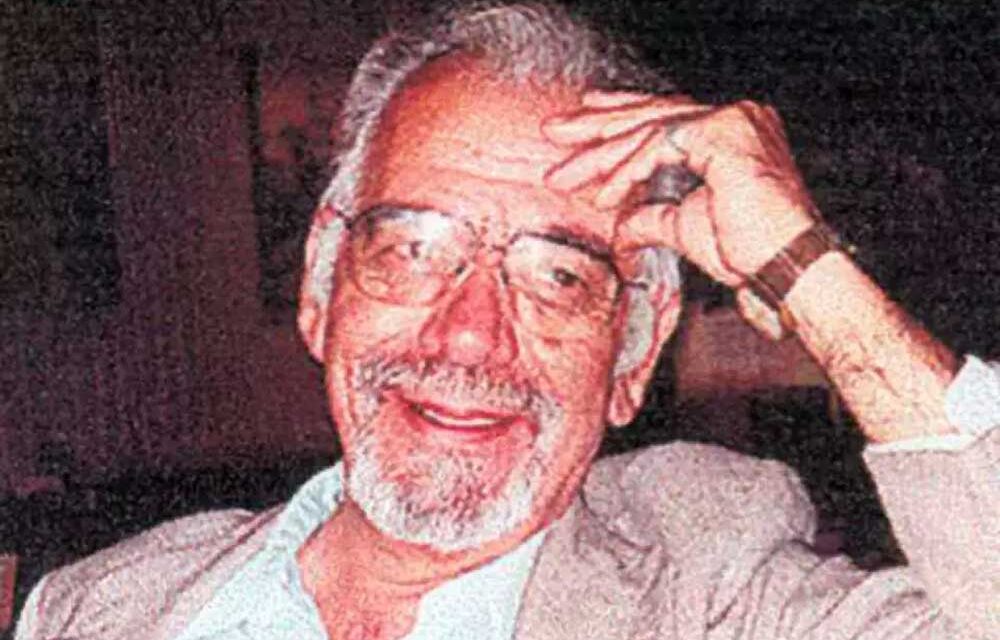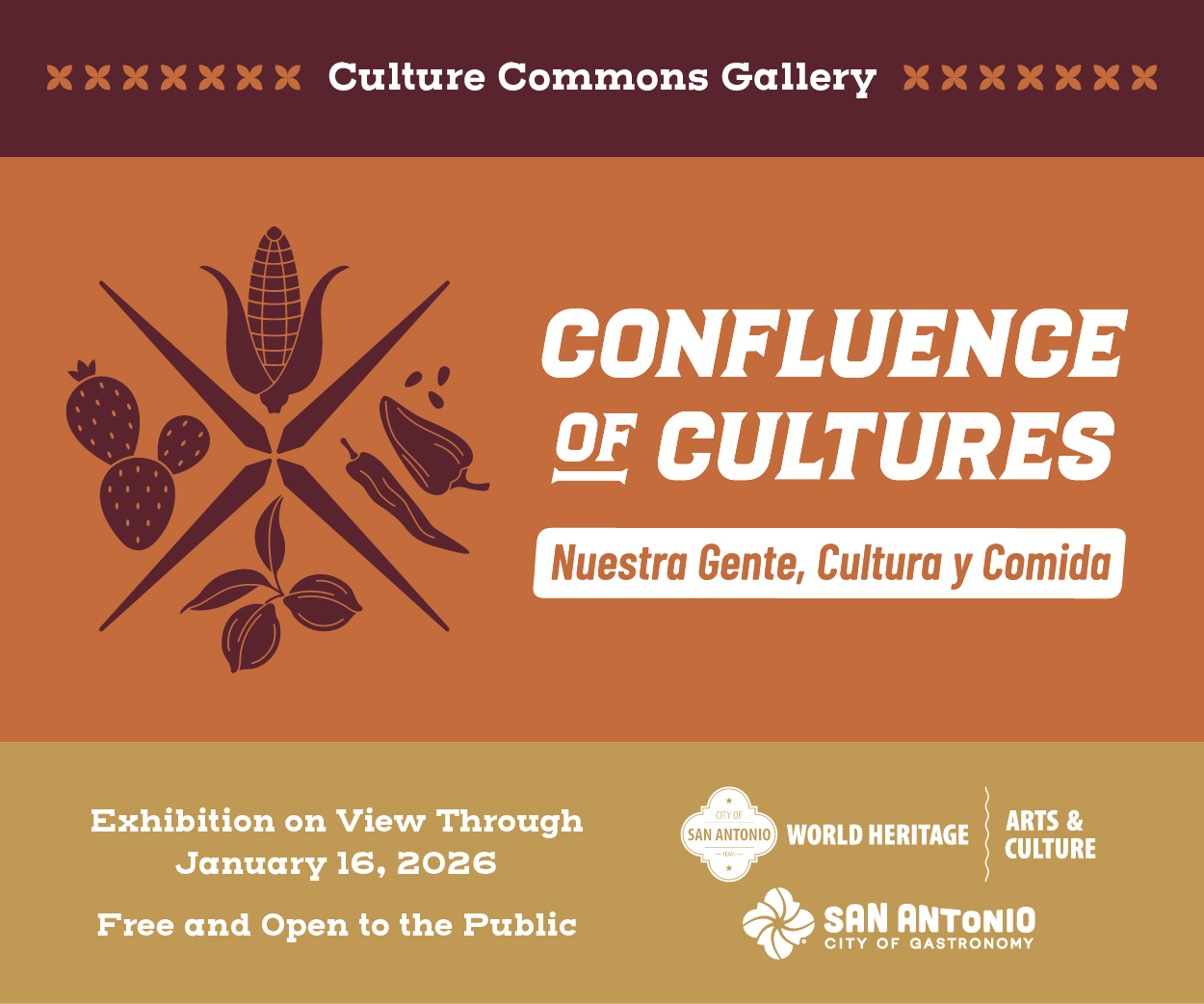During our recent stay in Zapata, I checked a bilingual book from our vast personal library that Richard G. Santos had given me many decades ago. The name of the book is, Origin of Spanish Names, Cómo te llamas y por qué te llamas así (1981). I would like to share his research and findings with you, which I think are very interesting and informative.
To place the origins of Spanish names in their historical perspective, I am going to quote Dr. Santos: “A long time ago, in a country now called Spain, there were no names. One of the earliest group of people who lived in the land were called Basque….The Basque people gave themselves and each other names which described them, or which described the place where they lived. At about the year 1000 BC the people called Phoenicians, Etruscans and Celts came to the land. The Celts called the land ‘Iber.’ This word meant ‘the river.’ The Celts also called the people who lived in Iber by the word ‘Iberians.’ For names, the Celts used words which described the people. It is believed that the Jewish people also started coming to the land about the year 1000 BC. They called the land Sepharad….The Jewish people also introduced many names to the land….The people called Carthaginians and Greeks came to the land in the year 600 BC. The Carthaginians called the land ‘Spania’….The Greeks also brought many different names which were adopted by the people….In the year 218 BC the Romans came to the land. They called it ‘Hispania.’ The Romans introduced the Latin language to Hispania. They also introduced Latin names….At about the year 200 AD the Christians began to arrive at Hispania. The Christians introduced not only the Christian religion, but Christian names as well….In the year 400 AD a group of people called Visigoths arrived at Hispania. The Visigoths spoke a germanic, or teutanic language….In the year 700 AD the Moors came to Hispania from North Africa….The Moors introduced a great number of words and names to Hispania….By the year 1100 AD a new language began to develop in Hispania. The language was a mixture of all the languages which had come to the land….At first the language was called ‘Romance.’ Later, it became known as the ‘Spanish’ language. New names then began to appear in the new language….”
I have selected some of the names and surnames from Dr. Santos’ book and only in the English version.
A = Arabic
Ger = Germanic
S = Spanish
B = Basque
Grk = Greek
C = Celtic
H =Hebrew
E = Egyptian
Lat = Latin
Surnames
Aguirre (S) To War! Name of a Spanish Town
Alanis/Alaniz (C+S) son of the Celt
Balderama (B+S) branch of the Valdes family
Barragán (A) sheep skin jacket
Benavides (Lat + S) Child of he/she who leads a saintly life
Bernal (Ger) strong man
Bravo (S) brave, fierce
Bueno (S) good
Canales (S) canals
Calderón (S) large kettle
Carrasco (B) pine tree
Cárdenas (Lat) principle
Castañeda (S) chestnut grove
Cavazos (Lat) hoe for tilling land
Chavarría (B) new house
Cortés/Cortéz (Lat + S) son of the court
Cuéllar (S) yoke
Durán (Ger) battle wolf
Elizondo (B) by the church
Esparza (Lat sparsus) barren place
Farías (Lat + S) fairs
Flores (Lat + S) flower + son
García (Lat artza) fox
Garza (A al garsha) gray; (S) heron
Gómez (Ger + S) son of man
Guerra (S) war
Gutiérrez (Ger) son of Walter; (Lat + S) son of the good earth
Guzmán (Ger) good man
Herrera (S) iron worker
Juárez/Suárez (Ger) army of the south
Landeros (S) of the land
Leal (S) loyal
León (S) lion
Lima (A) lime
Lira (Lat) lyrics
Longoria (S) long place
López (Lat + S) son of Lope
Lozano (Lat) luxuriant
Maldonado (S) mal=poorly + donado=endowed
Martines/Martínez (Lat + S) son of Martin
Medina (A) the city; name of town
Méndez (Ger) son of fortress. The child was born in the fortress.
Mendoza (B) large mountain/forest
Miranda (S) lookout
Montalbo (Lat) white mountain
Montemayor (S) major mountain/forest
Montes (S) mountains/forests
Moreno (S) dark skinned
Murillo (S) small wall
Nava (S) plain. He/She who lives/comes from the plain
Navarro (S) from Navarra
Nieto (Lat) grandson
Ochoa (B) wolf
Oliveira (S) olive grove
Peña (S) high peak
Perales (S) pear + son
Peralta (S) high arch
Pérez (H) he who dares
Piña (S) high rock
Quesada (S) cheek
Ramírez (S) son of Ramiro
Ramos (S) branches
Rangel (Ger) mighty ruler
Río/Ríos (S) rivers
Rocha (C) rock
Rodrígues/Rodríguez (Ger + S) son of Rodrigo
Saenz (Lat +S) abbreviation of Sánchez
Salazar (S) large house
Salinas (S) salt beds
Samora/Zamora (A) music
Sánchez (S + Lat) abbreviation of Santos
Sandoval (Lat + S) holy valley
Santos (Lat) saints
Sauceda/Saucedo (S) willow trees
Serna (Lat) farm land
Solano (Lat) eastern wind
Sosa (S) salty place
Torres (Lat) towers
Treviño (Lat) three boundaries
Uribe (B) below the town
Vega (Lat) farmland
Villafranca (Lat) free town
Villanueva (Lat + S) new town
Villarreal (Lat + S) royal town
Zapata (A) shoe
Zúniga/Zúñiga (Grk) he who frowns
Feminine Names Masculine Names
Adriana (Lat) dark woman of the sea Abelardo (Ger) ambitious
Alexandra/Alejandra (Grk) protector, helper of humanity Adolfo (Ger) noble wolf
Alicia (Grk) truthful Adrian (Lat) man of the seacoast
Alva (Lat) white, fair Alfonso (Ger) prepared for battle
Ana/Anita (A) full of grace Angel (Grk) saintly
Antonia (Lat) excellent Anselmo (Ger) divine helmet of God
Araceli (Lat) golden Antonio (Lat) excellent
Beatríz (Lat) she brings joy Armando (Ger) army man
Belinda (Lat) wise and immortal Arturo (C) strong as a rock
Berta (Ger) shining Arnoldo (Ger) strong as an eagle
Blanca (S) white, fair Basilio (Grk) kingly
Carla (Ger) she who is strong Carlos (Ger) man Carmela (H) God’s vineyard Cristán (Lat) a Christian
Cecilia/Celia (Lat) musical David (H) beloved one
Christina/Cristina (Grk) follower of the savior Donato (Lat) gift
Cynthia/Cintia (Grk) a moon goddess Eduardo (Ger) prosperous
Déborah/Debra (H) the bee Elías (H) The Lord is God
Elizabeth/Isabel (H) consecrated to God Felipe (Grk) a lover of horses
Elvira (Lat) blonde; (S) like an elf Fernando (Ger) bold adventurer
Esperanza (Lat) hope Francisco (Ger) a free man
Gloria (Lat) glorious Gilberto (Ger) bright pledge
Guadalupe (A) valley of the wolf Gustavo (C) noble staff
Hortensia (Lat) of the garden Héctor (Ger) steadfast
Idalia (Grk) she who sees the sun Hugo (Ger) intelligent
Irma (Lat) high ranking woman Ignacio (Lat) the fiery one
Isabel (H) consecrated to God Jorge (Grk) a farmer
Josefina (H) she shall add José (H) he shall add
Leticia (Lat) joyous Juan (H) God is gracious
Linda (S) beautiful Leopoldo (Grk) patriotic
Magda (Grk) elevated one Luis (Ger) famous in battle
Magdalena (H) like a tower Manuel (H) God is with us
Marta (A) a lady Noah (H) peace
Minerva (Grk) wise woman Patricio (Lat) noble
Mónica (Lat) advisor Pedro (Grk) rock
Natalia (Lat) child of Christmas Ramón (Ger) protector
Olivia (Lat) peaceful one Reimundo/Reymundo (Ger) wise
Patricia (Lat) of nobility protection; (S) king
of the earth
Petra (Grk) rock Ricardo (Ger) wealthy and powerful
Sandra (Grk) helper of Humanity Roberto (Ger) bright fame
Sulema (A) sane and healthy Sergio (Lat) attendant
Verónica (Lat) like a true image Sebastián (Grk) respected one
Yolanda (Grk) violet flower; (Lat) modest Xavier (A) bright
Some New World Names
Aztlán (Nahuatl) place of herons
México (Nahuatl) the God of war
Moctezuma/Montezuma (Nahuatl) the lord who seems angry.
I first met Richard Santos in the fall of 1967 at St. Mary’s University in San Antonio, when we were both students of Latin American history. He graduated in May of 1968, and I received my B.A. the following year. We were both student of our mentor and muse Dr. Félix D. Almaraz, Jr. Richard became the first archivist for the Bexar County Archives and later became the Director of Ethnic Studies at Our Lady of the Lake University. He and I stayed in touch over the years and got together for lunch on many occasions. I knew that he had done a lot of research on the Sephardic Jews in Texas and the Southwest. He was a wonderful speaker and historian of Hispanic culture. And he spoke extensively about the Jewish influence on Texas Hispanic culture, and particularly the cuisine. I remember that he said that the Spanish Jews cultivated so many bitter herbs that they grow wild in South Texas! This is very interesting! In the late 1990s, he needed a job, and I highly recommended him to the South San Antonio High School principal to teach history. Richard was teaching at the high school when his book cited above was published. We kept in touch after he left South San. Lamentably, he passed away on February 22, 2013, at his home in Pearsall, Texas, at the age of 73. This coming February 22, 2025, will commemorate the twelfth anniversary of his death.






